Control_Panel_Build_Series_Part_23_-_Testing_Preparation.pdf
Now that all of the actual fabrication and wiring has been completed and we have taken some time to ensure the quality of the panel is up to par, we can finally test the panel to see if is functions as intended. Proper preparations for the testing phase of the build is critical to make sure that nothing is missed and everything gets documented for you and your client.
Transcript:
[0m:4s] Hi I'm Josh Bloom, welcome to another video in the RSP Supply education series. If you find that these videos are helpful to you, it certainly helps us out if you could give us a big thumbs up and subscribe to our channel.
[0m:16s] In today's video, we will move on to the next step in building an industrial control panel. If you haven't already seen the other videos in this series, we encourage you to go back and watch from the beginning so that you might better understand the entire process.
[0m:30s] The step in which we will focus on today is beginning the testing phase of the build process.
[0m:36s] Now that all the actual fabrication and wiring has been completed and we have taken some time to ensure the quality of the panel is up to par, we can finally test the panel to see if it functions as intended. Today, however, we will focus on some of the steps that need to be taken to properly prepare this testing to ensure that nothing is missed. As always, the process in which we will discuss today is just one method of many that can be performed to achieve the very same results. Let's get to it.
[1m:5s] So, before any testing can actually begin there's a few things we want to do to prepare for our tests.
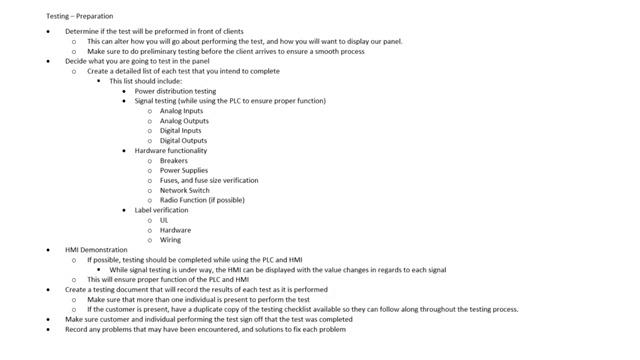
[1m:13s] The first thing we want to look at is to determine if we're going to have any clients that are going to be around for the actual testing of our control panel. This is really, really important because this is obviously going to alter how we go about performing the actual tests. We're going to display our panel differently. We're going to make sure that our test is a little more formal. So this is very critical in determining how we want to test our panel. We want to make sure we know if clients are going to be there or they're not going to be there. Obviously the client is going to arrive, we want to make sure we do some preliminary testing so that when the client is actually there, the testing goes much, much smoother. So, again, determine if you're going to have a client on site for the testing or if it's just internal testing.
[1m:59s] Once we know if the client is going to be there or not, then we can start to determine how we're going to test our panel. Some big things that we need to look for and some things that we need to do is we need to create a detailed list. Everything that we intend to test in the panel. Now, if the client is present, this may be slightly different than our internal testing, but for the most part, this should be about the same either way. We want to create this list. Now, this list should include things like all of the power distribution testing, that's AC power DC power, everything that's associated with our power distribution we want to put on this list. Any kind of signal testing that we're going to do for this particular test. We should plan on using making sure, the PLC is involved and the PLC has any of the software that's been programmed all that's functioning properly before we do this testing. We're going to test all our analog inputs and outputs. We're going to test our digital inputs and outputs. So, all of this should be on this list that we're creating. Hardware functionality: we want to make sure that we list things like our breakers, power supplies, fuses, view size verification, also breaker size verification,
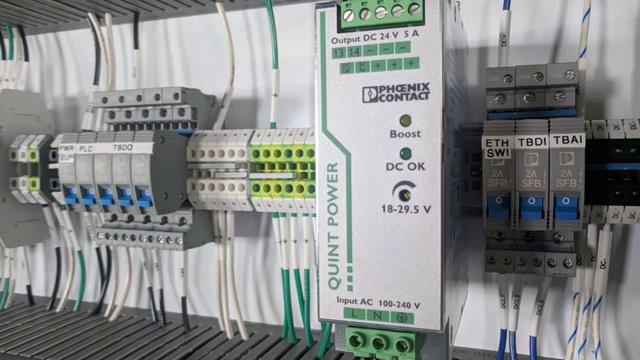
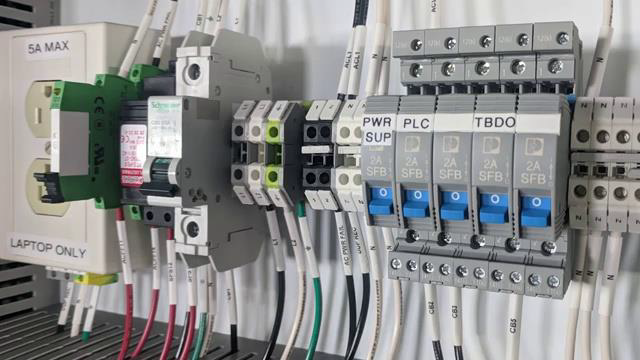
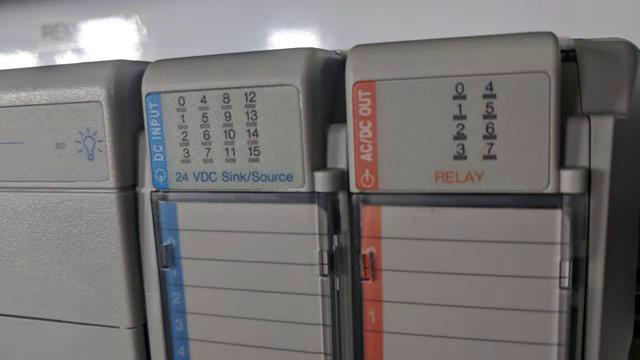
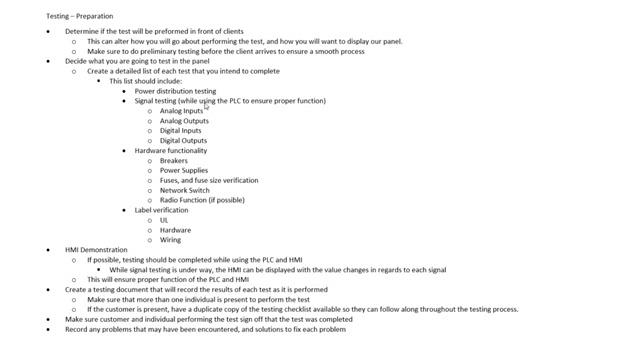
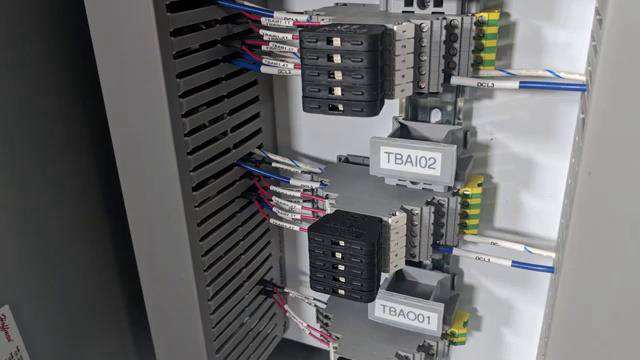
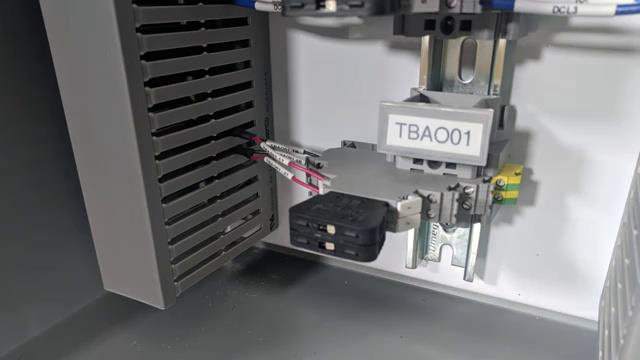
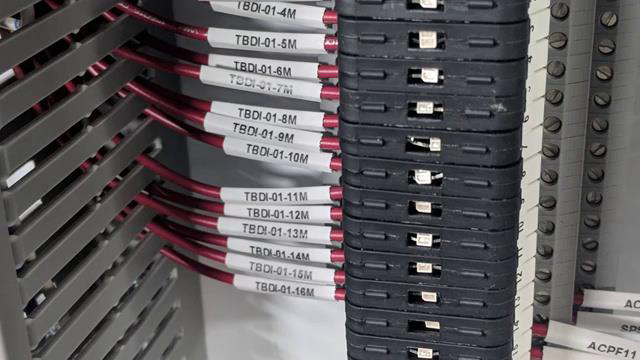
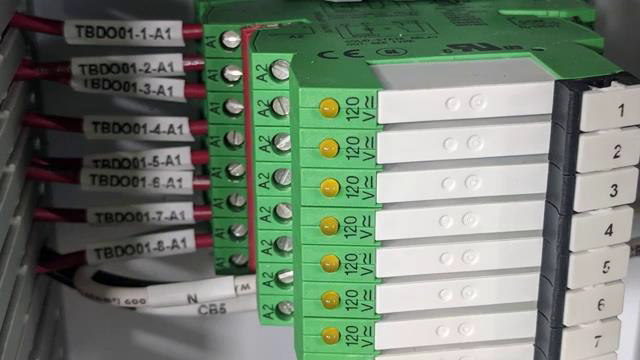
[3m:11s] any network switches if we can test the radio function. These are all things you want to put on this list so that we make sure that we are testing everything that's necessary in the panel. Label verification is also another really important. We want to make sure that through our test, and we verified this several times throughout the build process, we want to make sure that as we go throughout our test and we verify all the labels make sense, all the proper UL labeling is done correctly, the hardware is labeled, the wiring is labeled, and everything is done as it should be.
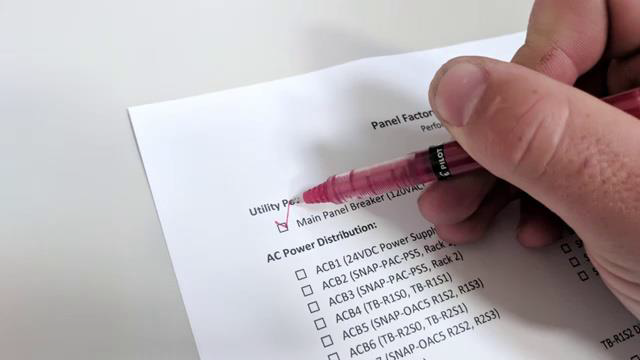
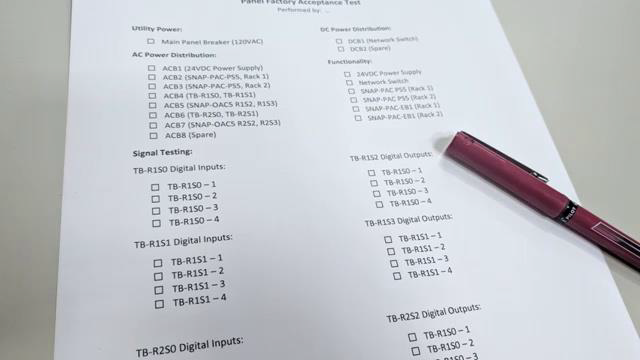
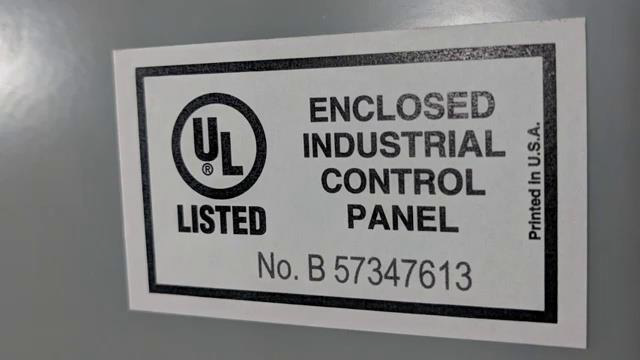
[3m:40s] We also want to make sure that we are preparing to perform an HMI demonstration, and HMI again stands for human machine interface. This is going to be the screen that displays what this panel is actually doing. So, a proper factory acceptance test should include the HMI, so that as we demonstrate each signal, each analog or digital signal, we can see what that does in our HMI or how it affects the system. So, it's very critical that we use the HMI if possible during this testing, especially if the clients on hand because the client is going to want to see
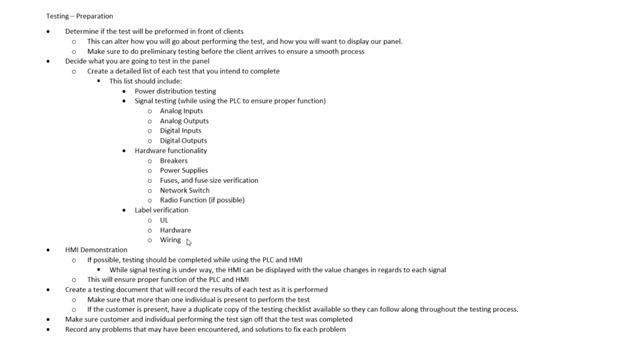
[4m:15s] how the HMI functions, because that's what the client's going to interface with is the HMI. So make sure that we plan for that. And then with that list that we created it's very, very critical that we create a testing document that records the result of each point or each step throughout the entire process. The testing document is simply going to be a checklist of everything that we go through, it's going to be power, and then all the different breakers, and the hardware, and every single signal, we're going to test every single signal in this panel, and we want to make sure that we check these off as we perform this test. If a customer's present it's a great idea to have a duplicate copy of this of this document of this checklist so that they can go through the checklist with us as we perform this test.
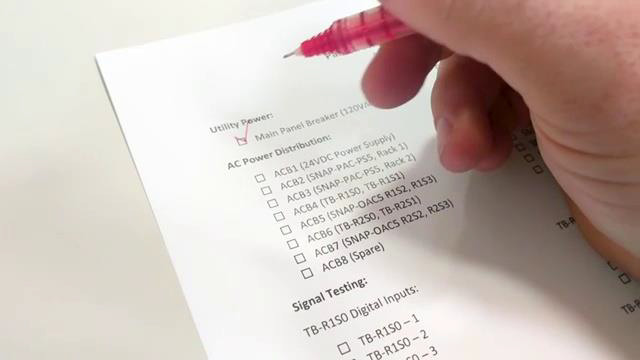
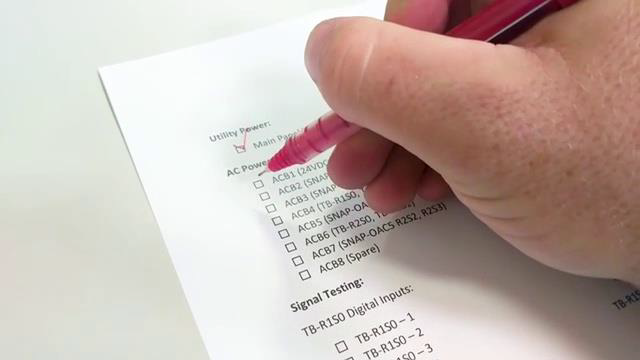
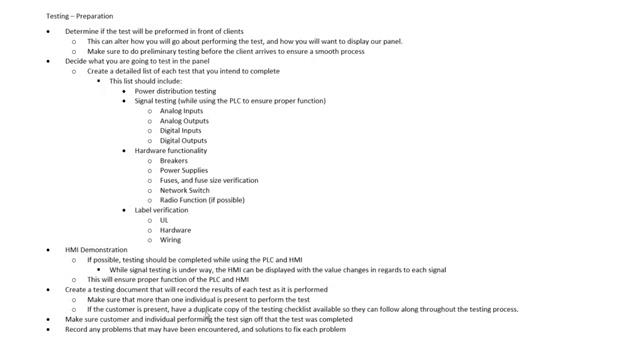
[5m:4s] The last thing we want to make sure that we do is, any problems that occur during the test, we want to make an accurate recording of these issues and then we also want to come up with some solutions to make sure that we fix the problems that we have encountered.
[5m:18s] Once we've done these things, then we can move on to the actual testing, once we've done these preparations we can move on to the actual testing portion
[5m:27s] of this process. As you can see, proper preparations for the testing phase of the build is critical to make sure that nothing is missed and everything gets documented for your client. As always, we appreciate your interest and participation in the series and hope you continue to join us throughout the remainder of this build process.
[5m:46s] In our next video, we will move on to actually performing the various tests in the panel to ensure proper functionality.
[5m:52s] So, make sure to join us next time as we continue to build.
[5m:55s] For a full line of industrial control panel hardware and thousands of other products, please go to our website. For more information or other educational videos, go to RSPSupply.com, the Internet's top source for industrial hardware. Also, don't forget: like and subscribe.




